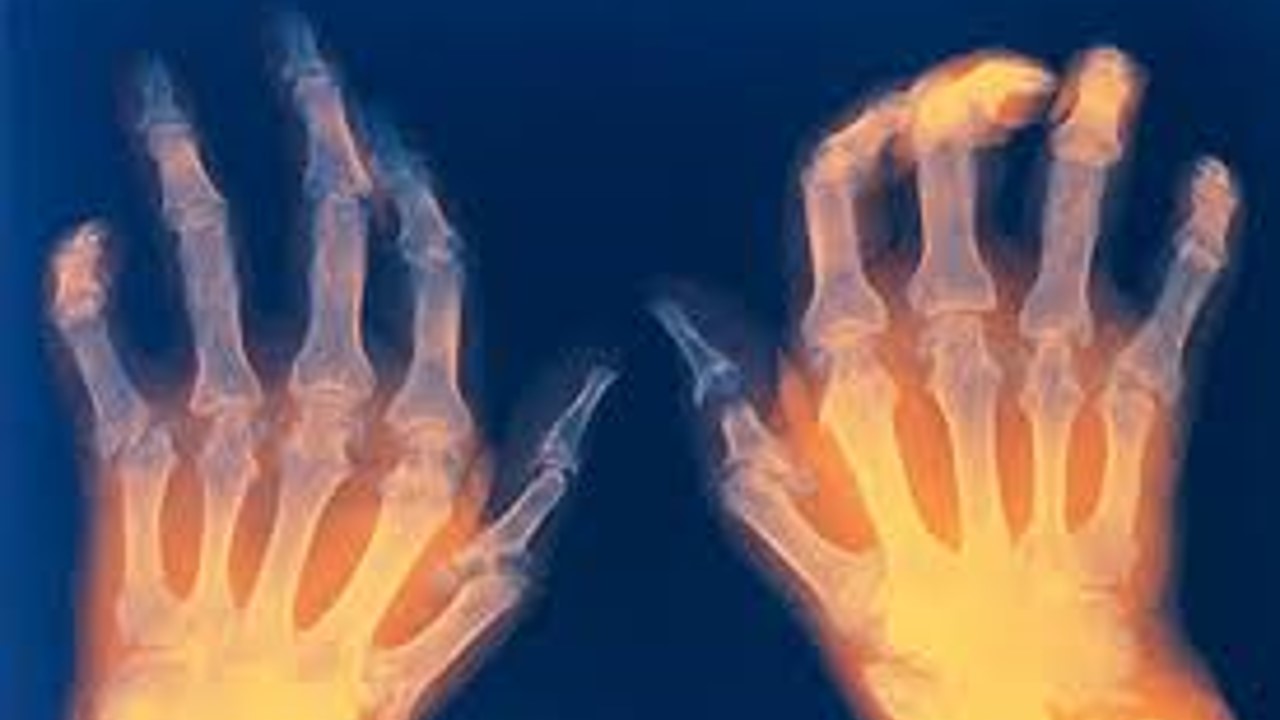According to the Arthritis Foundation, roughly 1.5 million people in the United States suffer with rheumatoid arthritis (RA) and nearly three times as many women have the disease as men. RA, which is an autoimmune disease affecting the joints, afflicts women primarily between the ages of 30 and 60 whereas in men it usually occurs later in life. It also runs in families and increases the odds of having RA; however, most RA patients have no family history of the disease. Furthermore, no one really knows what causes RA but smoking and obesity are considered risk factors.
RA occurs when your immune system “mistakenly” attacks your body’s joints leading to inflammation. It is often described as a painful swelling that eventually results in the deformity of bones and joints. Left unchecked, the condition can also spread beyond the joints to the skin, eyes, lungs, heart and even blood vessels. Unlike osteoarthritis, which is a noninflammatory joint disease causing the joint cartilage to thin often in one hand or knee, RA is a chronic, progressive and systemic disease.
On June 1st, the US Food and Drug Administration (FDA) approved Olumiant (baricitinib) manufactured by Eli Lilly to treat adults with moderate to severe RA. While the drug may not be effective for everyone, studies have shown that people treated with baricitinib had significantly more success with treatment compared with placebo-treated people at week 12 (49 percent of baricitinib-treated people versus 27 percent of placebo-treated people). Baricitinib also demonstrated early symptom relief in 20% of patients seen as early as week 1.
It’s important to know that there are serious side effects when taking the drug such as infections, malignancies including lymphoma, lung disease and the risk of blood clots. Clearly, the drug may not be safe for everyone.
Traditional RA treatments include a combination of disease modifying anti-rheumatic drugs (DMARDS) that include non-steroidal anti-inflammatory drugs (NSAIDS) and corticosteroids. Aside from helping control symptoms and manage pain, these drugs also have serious side effects such as liver damage, stomach ulcers and more.
If you suspect you have RA, look for these signs or symptoms to be sure:
- Tender, warm, swollen joints
- Joint stiffness that is most prevalent in the mornings and after inactivity
- Fatigue, fever and weight loss
As the disease progresses it can spread to the wrists, knees, ankles, elbows, hips and shoulders. In most cases it affects the same joints on both sides of the body. Symptoms tend to vary in severity and may even come and go. Flares or increased disease activity alternate with periods of calm/remission, when the swelling and pain fade or completely disappear.
RA can be managed effectively, but early intervention is important. If you believe you have RA, consult with your doctor regarding the proper course of treatment. Whichever drug treatment option you choose, blood tests and monitoring will be part of the process. Don’t let RA deter you from having a full life; maintain a healthy balanced diet and exercise when appropriate. Small steps can lead to better outcomes.
Strategic Communications Professional/Content Strategist/Marketing Communications Consultant





